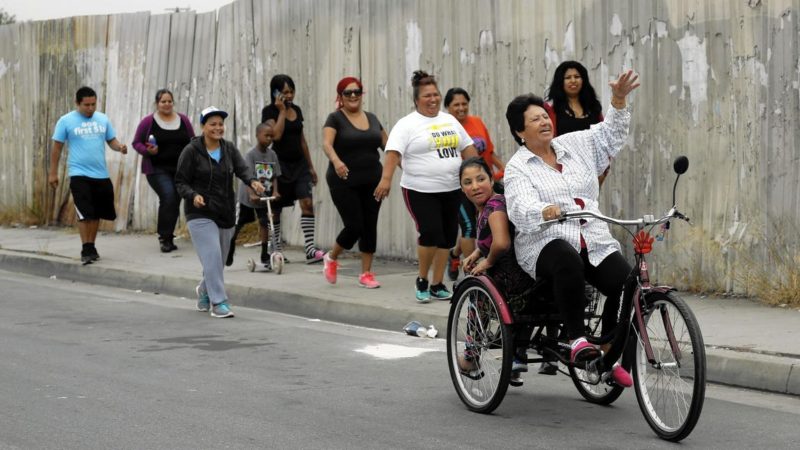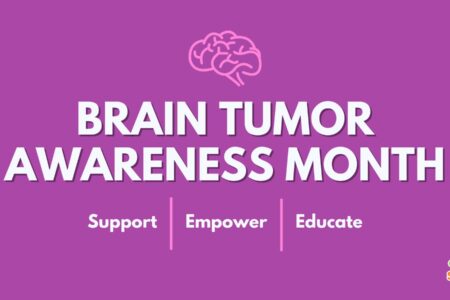
Share On Social!
Disparities in exist in the proportion of adolescents who live in neighborhoods that support physical activity, defined as neighborhoods that are perceived as safe and have sidewalks or walking paths and parks, playgrounds, or recreation centers.
In the June 17, 2016 Morbidity and Mortality Weekly Report (MMWR), the Centers for Disease Control and Prevention (CDC) analyzed data on U.S. adolescents and found that fewer Latino adolescents live in neighborhoods that support physical activity compared to the national average. Additionally, fewer overweight or obese adolescents, and fewer adolescents from households with lower socioeconomic status live in neighborhoods that support physical activity.
Inequity in neighborhood support for physical activity is likely the root of disparities in physical activity levels, thus disparities in obesity, heart disease, stroke, and diabetes.
Communities can help support physical activity through programs and improving community design, such as strategies to improve the environment to ensure neighborhoods are safe and have safe sidewalks.
Efforts to improve neighborhood support for physical activity, particularly in areas with large minority and low-income populations, might increase physical activity among at-risk adolescents and reduce health disparities associated with inequity.
Copy and Share: CDC finds that fewer Latino adolescents live in neighborhoods that support physical activity. http://salud.to/21oWOMc @SaludToday
Explore More:
Healthy Families & SchoolsBy The Numbers
142
Percent
Expected rise in Latino cancer cases in coming years



